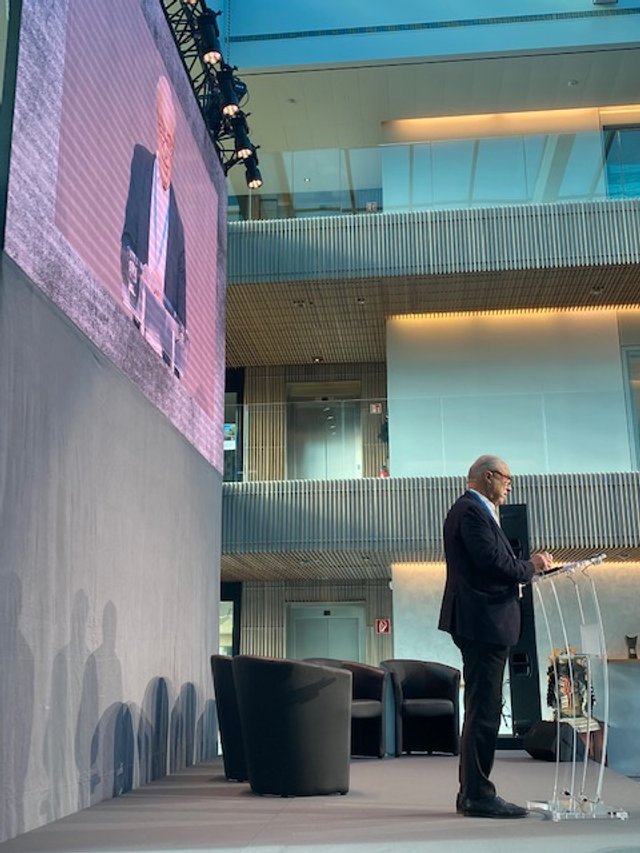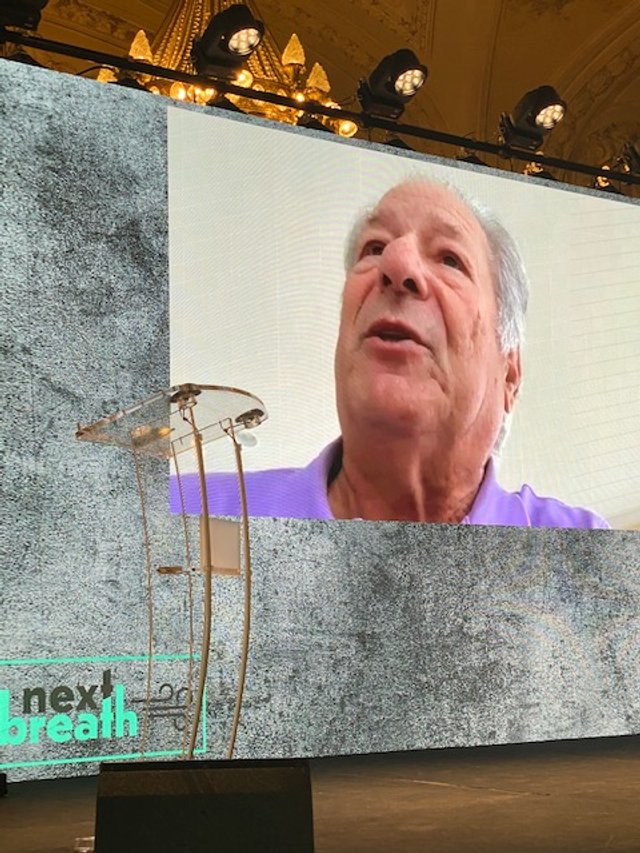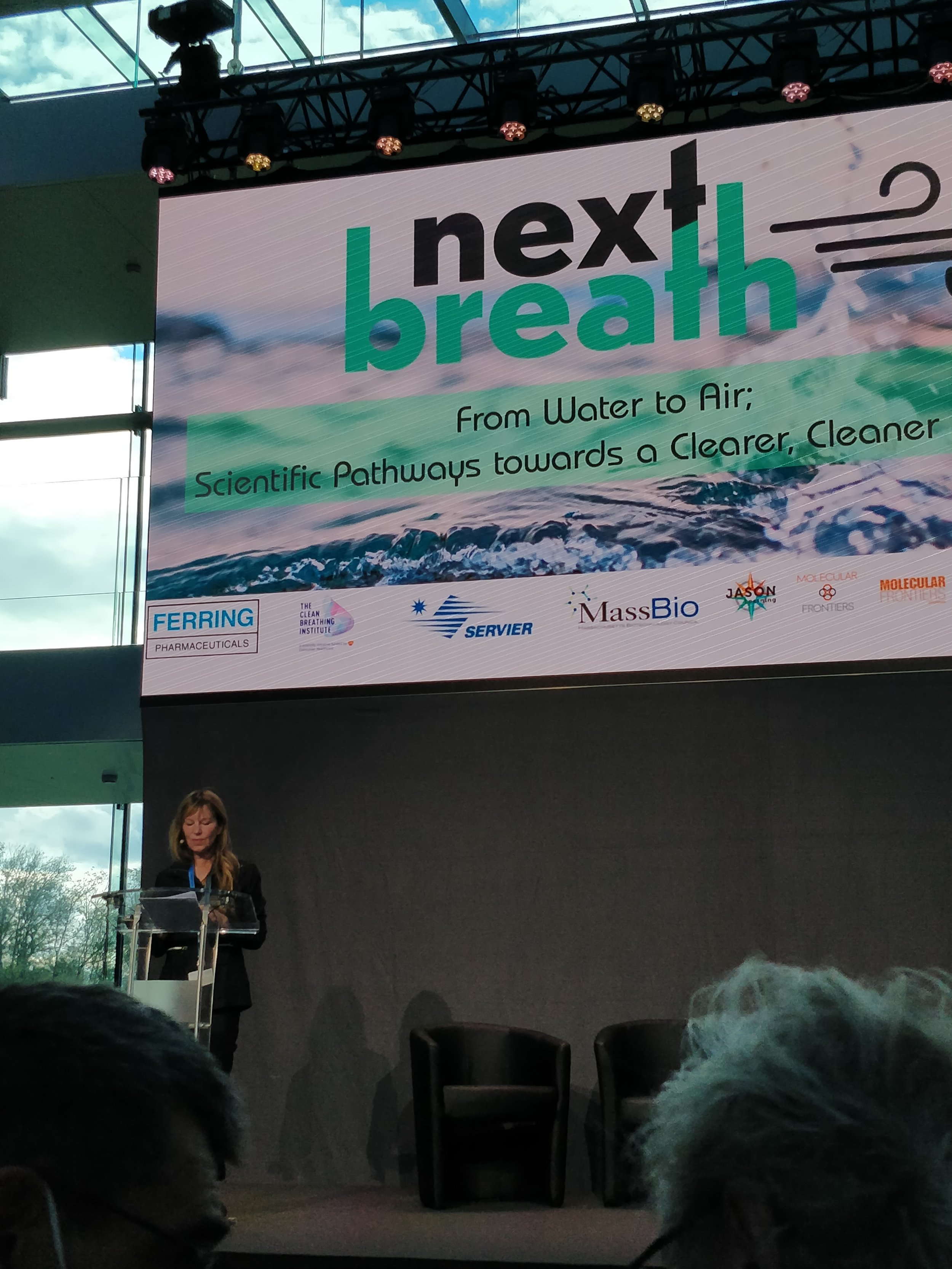2021 Symposia
The COVID-19 pandemic has generated unprecedented global attention, research and investment towards the hygienic management of contaminated air to maintain human respiratory health. This two-day conference, a collaboration between Next Breath and the World Frontiers Forum, aimed to highlight advances in air quality control, disease detection and basic human hygiene made in response to the pandemic, to assess impact, and to explore ramifications for reducing future risks of respiratory disease, today the principal cause of human death in low-income countries and exacerbated by climate change. The conference hosted international scientists, healthcare leaders, policy makers, and philanthropists.
READ THE CONFERENCE AGENDA
READ THE ARTICLES PUBLISHED POST LAUSANNE
These sessions were streamed live from the "From Water to Air" conference in Lausanne, Switzerland. This two-day conference focused on the challenges that exist and those that lie ahead if we do not properly address the issues that the planet currently faces. Air and water are critically joined in life on the planet. Air without water, like water without air, does not sustain life. The recent pandemic has engendered additional focus on this essential reality as science has worked to unravel the characteristics of the virus transmission. Poor air quality is a leading cause of death in developing countries and clean water an increasingly scare resource. We will consider many of the scientific insights and breakthrough discoveries including new modes of breathing hygiene, energy generation, and water procurement that can provide a sustainable pathway forward.
The conference was live-streamed. by our partner Jason Learning
The videos to each live-streamed session are listed below:
Session One: Earth, Climate Crises, Global Health
Session Two: From Water to Air
Session Three: From Water to Air – continued
Session Four: Pathways towards a Clearer, Cleaner Future-The Future of Life
Session Four: Pathways towards a Clearer, Cleaner Future-The Future of Life - continued
Session Four: Pathways towards a Clearer, Cleaner Future-The Future of Life - David Edwards’ talk
Conference Hosts
-

Lorie Karnath
Next Breath President & Co-founder
-

Xavière Masson Dziemian
Next Breath Co-Founder
& World Frontiers Forum Director
SPEAKERS
-

Donald Johanson, PhD
Founding Director and Virginia M Ullman Chair in Human Origins Faculty w/ Admin Appointment, TEMPE Campus, Arizona State University Founding Director of the Institute of Human Origins
Our Place in Time
“When we look at humans in the perspective of time, it is humbling and disconcerting to see how much we have impacted the planet, for better or for worse since our relatively recent arrival.”
-

Erling Norrby, MD, PhD
Royal Swedish Academy
From Poliomyelitis to the COVID-19 Pandemic. Reflections by a Virologist.
“Viruses are the most prevalent biological entities in our world. They have played a central role in the evolutionary developments of progressively more advanced forms of life. In special cases, they may cause disease that can spread effectively in our present-day global society. The advance of science and technology, not least in the field of molecular biology, allows a control of pandemics.“
-

Distinguished Professor Lidia Morawska, PhD
Distinguished Professor and Director, International Laboratory for Air Quality and Health, Co-Director for Australia, Australia-China Centre for Air Quality Science and Management
Queensland Technological University
Is Clean Indoor Air a Politically Impossible Goal?
“We live on the planet Earth. We each have one life to live. Keeping this planet habitable, with a clean, unpolluted atmosphere, and filling our indoor spaces, where we spend the vast majority of our time, with air free of pollution and with a minimal level of infectious pathogens, should be our foremost aim and scientific as well as political objective.“It all begins with an idea. Maybe you want to launch a business.“
-

Edward Anthony Nardell, MD
Director of Harvard University Center for the Environment. Sturgis Hooper Professor of Geology & Professor of Environmental Science & Engineering, Harvard University
Cool but Dangerous: How climate change is increasing the risk of airborne infections
“Much of the world depends on natural ventilation, that is, open windows, for airborne infection control. But windows are being closed because of increasing heat, humidity, and air pollution around the world, especially in countries with both climate change and sufficient resources in the population to install air conditioning. The result is an immediate sharp increase in the risk of airborne infections such as Covid-19, influenza, and tuberculosis. Although immunization and effective disease control are part of the solution, replacing outdoor air ventilation with efficient air disinfection is another important intervention that is not currently being done.”
-
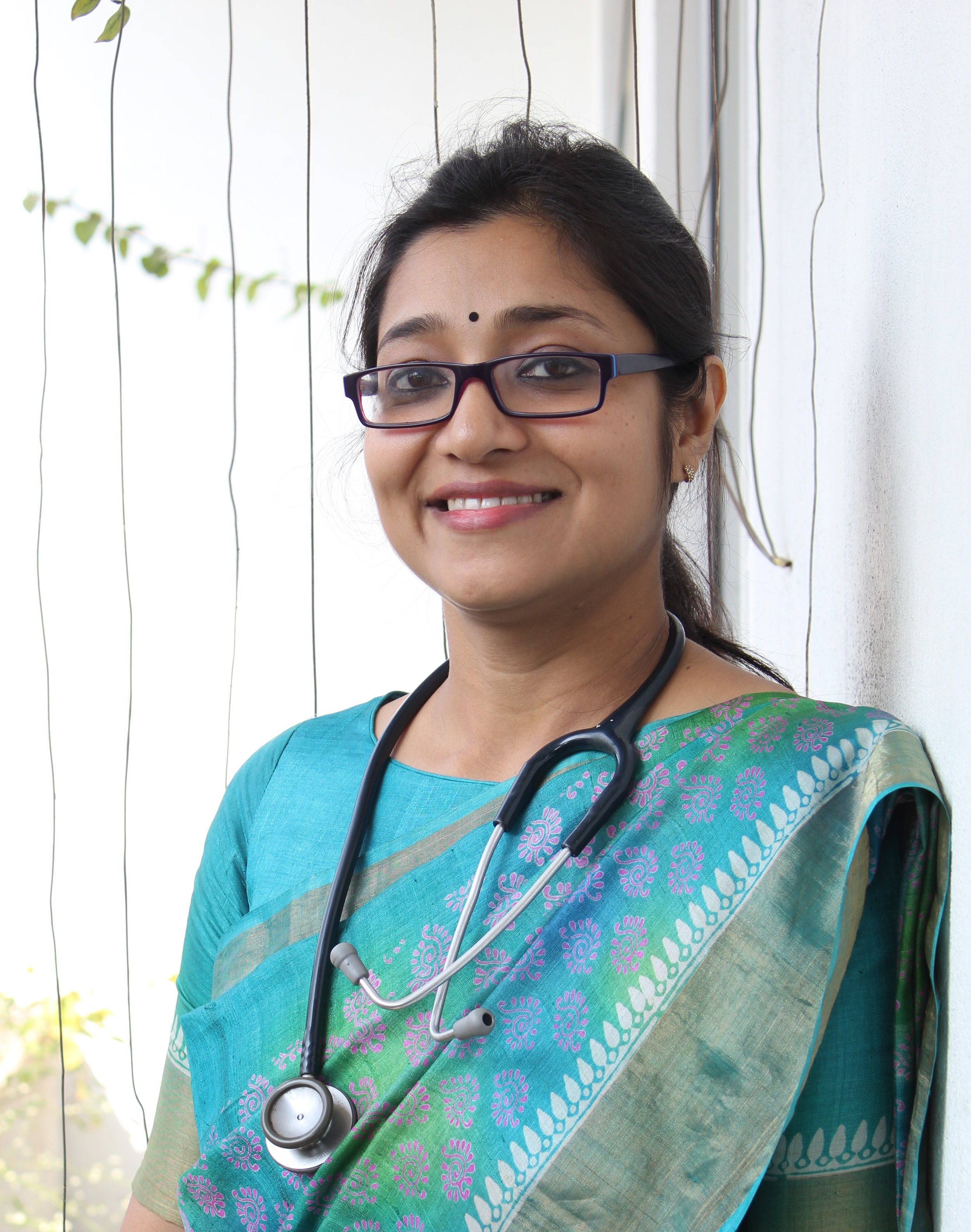
Carolin Elizabeth George, MBBS, MD
Director, Community Health, Family Medicine, Palliative care & Research Division, Bangalore Baptist Hospital
Perspectives from the epicenter of the virus – A case for nasal hygiene to mitigate respiratory disease
“If you wish to change air quality, society in its entirety has to change. This takes time and until this happens if you have a way to keep people’s airways clean, this can provide a way to help.”
-

Anthony J. Hickey, PhD
Distinguished Fellow, RTI International
Breathing better in a dirty world: What airborne infectious disease teaches us
“The Lungs are a window to the environment. Nature can instruct us on keeping the window clean.”
-

Peter Friberg, PhD
Co-founder & Director, Swedish Institute for Global Health Transformation (SIGHT)
Professor of Global Public Health, Sahlgrenska Academy, Gothenburg University
The Need for Multisectoral Action for Human and Planetary Health
“My vision and task is to make the most for a good health and well-being for today’s and coming generations.”
-
Göran Tomson, PhD
Counselor Presidents Office UN Agenda 2030 KI
Senior Advisor, SIGHT
Professor of International Health Systems Research, Korlinska Institute
The Need for Multisectoral Action for Human and Planetary Health
“Global health needs the 3 i’s – interdisciplinary and implementation research as well as intersectoral approaches.”
-

John Grove, PhD
Director of Quality Assurance for Norms and Standards, World Health Organization
WHO Representative on SIGHT Advisory Group
How can systems approaches inform our evidence base for scientific guidance development and implementation?
“Linearity and traditional thinking on these problems only take us so far – we have to put the time and effort in to considering dynamics of people, places and pathogens in both research design and policy recommendations.”
-

John Brownstein, PhD
Chief Innovation Officer, Boston Children’s Hospital, Professor, Harvard Medical School
Digital Epidemiology and the Covid-19 Pandemic
“While the COVID-19 pandemic has exposed deep global vulnerabilities, it has also unlocked a tremendous amount of science compressed in a short two year span. Transformational research ranging from vaccine discovery all the way to aerosol science will hopefully lay the foundation for our ability to detect and respond to future pandemics.”
-

Michael Barer, PhD
Professor of Clinical Microbiology and Honorary Consultant Microbiologist, University of Leicester
The beasts we breathe out: Studies on directly samples exhalations
“I have been astonished by the likely scale of our microbial exchange through the air revealed by sampling with face masks. Just breathing, let alone talking, singing, and shouting releases thousands of organisms every minute from different parts of our respiratory systems. The beasts we breathe ou spread infection, but do they influence our lives in other ways?”
-

Gerhard Scheuch, PhD
CEO, GS Bio-Inhalation
Exhaled Aerosols and Virus Infection
“It is important to understand, that even quiet breathing is enough to generate aerosols in the deep lung which are exhaled. A viral infection intensifies this process so that several orders of magnitude more aerosols are produced and exhaled. In that way, a person becomes a ‘virus super-emitter’ and may cause a cluster infection.”
-

Robert Langer, PhD
American Chemical Engineer, Scientist, Entrepreneur, and Inventor
One of the twelve Institute Professors at MIT
When Particles Make Drugs & Vaccines Work – From Treating Tumors to a Covid-19 Vaccine
“I’ve really enjoyed doing basic research on micro and nano particles and it’s been remarkable for me to see the impact these particles have had on the world.”
-

Peter Small, PhD
Founding Director, Stony Brook’s Global Health Institute (GHI) / Affiliate Professor of Global Health, University of Washington / Chief Medical Officer, Hyfe, Inc
Acoustic Epidemiology: What Cough Can Teach Us About Ourselves and the World We Live In
“Cough is a rich signal that contains information about the health of individuals, communities and environments. The ability of AI enabled devices to monitor coughing will empower patients, improve the delivery of health care, assist pandemic prevention and perhaps provide real time information on air quality.”
-

Chad J Roy, PhD
Professor & Director, Infectious Disease Aerobiology, Tulane University School of Medicine
Aerosol Infectivity and Respiratory Transmission of SARS-CoV-2
“Airborne transmissible infectious disease has plagued humankind for millennia. Gaining a better understanding of the innate contagion of pathogenic aerosols and the complexity of infection remains one of the greatest labors of our time.”
-

Richard Zare, PhD
Marguerite Blake Wilbur Professor of Natural Sciences & Professor of Physics, School of Humanities & Sciences, Stanford University
Effect of Relative Humidity in Air on the Transmission of Viral Respiratory Infection
“Respiratory disease, caused for example by influenza A or SARS-CoV-2 virus, is known to be seasonal, peaking in the wintertime and falling off in the summertime. The physical and chemical basis for this behavior is suggested in this presentation.”
-

Melanie Ott, MD, PhD
Director, Gladstone Institute of Virology & Professor of Medicine, University of California, San Francisco
Portable CRISPR Point of Care Detection of COVID-19
“Airborne pathogens are on the rise and affect everybody. In order to get ahead, interdisciplinary collaborations are necessary to know what is in the air around us all the time.”
-
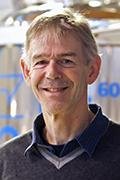
Adriaan Bax, Ph.D.
NIH Distinguished Investigator / Section Chief: Biophysical Nuclear Magnetic Resonance Spectroscopy Section, Laboratory of Chemical Physics
Myths and facts about filtering air with facemasks
“It’s stunning to see how misunderstood and poorly studied the filtering effects of face masks are, despite being the simplest of all tools in combating COVID-19.”
-

Kian Fan Chung MD, DSc, FRCP
Professor of Respiratory Medicine, National Heart & Lung Institute, Imperial College London / Respiratory Physician, Royal Brompton & Harefield NHS Foundation Trust
SARS-CoV2 and air pollution interactions
“SARS-CoV2 may travel in the air with particulates. The question is whether this provides an advantage to the infectious agent, and the implications thereof.”
-

Daniel Schrag, PhD
Director of Harvard University Center for the Environment / Sturgis Hooper Professor of Geology & Professor of Environmental Science & Engineering, Harvard University
Climate Change and a Clean Energy Transformation: Will it bring cleaner air for all?
“Transforming our energy systems to address the growing threat of climate change has huge potential to transform our experience of urban environments through cleaner air and water. But the re-engineering of our systems also raises major questions about equity and cost that must be addressed if political support for such efforts will be sustained over the coming decades.”
-

Dennis Ausiello, M.D.
Director, Center for Assessment Technology & Continuous Health (CATCH) / Co-founder of Next Breath and World Frontiers Forum
Regulation of our body’s most important constituent: water
“As our environment becomes more hostile to our public health, personal, prophylactic hygiene becomes more important to our quality of life.”
-

David Edwards, PhD
Scientist and Inventor / Long-standing professor of the practice of bioengineering at Harvard University / Founder of FEND and the new food concept Senses near MIT
Why the Breathing of Water & Salt Matters for Respiratory Health
“We are in a sensory disequilibrium with an altered environment. Basic processes of living – breathing, eating, sleeping, increasingly hurt us. Helping our bodies adapt in the near term is as critical as cleaning planetary air and water for generations to come.”
-
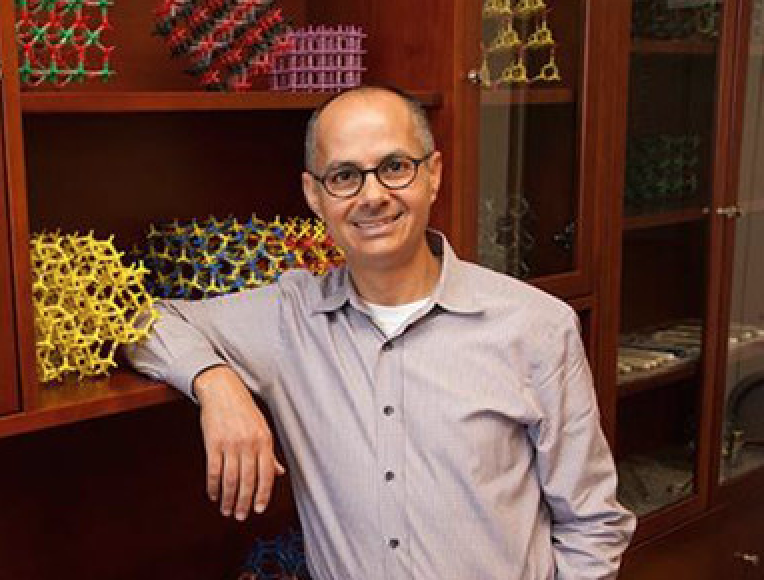
Omar M. Yaghi, PhD
James and Neeltje Tretter Chair Professor of Chemistry, University of California, Berkeley / Elected Member of the US National Academy of Sciences
The Air Economy Powered by Reticular Chemistry for Clean Water from Air, Clean Energy from Air and Clean Air
“Humanity has never faced a problem that we could not solve when we committed resources and had the will to solve it. We need to care about the things that we do not see – we need to study those things and bring them fruitfully to society.”
-

Bengt Norden, PhD
Physical Chemist, Royal Swedish Academy of Sciences
A Scientific Recipe for Saving the World
“I am optimistic about our possibilities to mitigate the challenges that currently trouble planet Earth. Already we know how to utilize solar energy to produce electricity and how to produce hydrogen gas by electrolysis of water, as well as how to combine hydrogen and carbon dioxide to make fuels that can be used for aviation propulsion. Eventually, fuel cells that combine hydrogen with oxygen from the air, and produce only water as exhaust will be used to run cars, this, once convenient ways for storing and distributing hydrogen are developed.”












